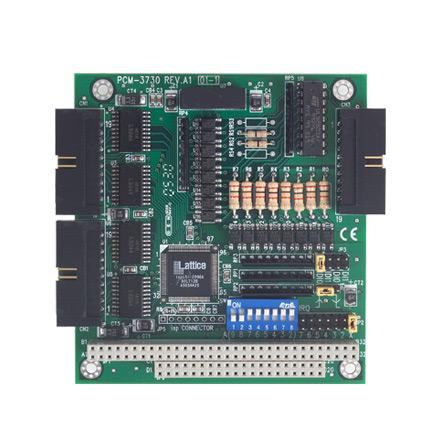

The Growing Popularity of Tinted Glass Benefits and Applications
In recent years, tinted glass has gained significant traction in various sectors, reflecting both aesthetic preferences and practical benefits. This specialized glass, which is treated to reduce transparency and enhance privacy while allowing light to filter through, serves essential roles in architecture, automotive design, and even in household applications. As sunlight becomes increasingly intense and environmental concerns prompt shifts in building and design practices, the use of tinted glass is set to become even more prevalent.
One of the primary advantages of tinted glass is its ability to reduce glare and improve comfort. In commercial buildings, for instance, large floor-to-ceiling windows can create a bright, airy feel. However, they can also lead to uncomfortable glare and overheating in certain areas. Tinted glass effectively mitigates these issues, making indoor environments more tolerable, particularly in hot climates or during peak sunlight hours. The reduction of glare not only enhances visual comfort but also improves productivity in workspaces where focus and concentration are paramount.
The Growing Popularity of Tinted Glass Benefits and Applications
Additionally, tinted glass enhances the aesthetic appeal of structures. With a variety of shades and finishes available, tinted glass can complement different architectural styles and color schemes, giving buildings a polished, modern look. Moreover, it allows for greater design flexibility; architects can use tinted glass creatively to create striking façades or unique design features that stand out in urban environments.

In the automotive industry, tinted glass is commonly used for similar reasons. Car manufacturers often offer vehicles with tinted windows to provide passengers with privacy, protect against harmful UV rays, and create a more comfortable driving experience. Tinted windows not only enhance the vehicle's appearance but also help to keep interiors cooler, reducing the need for intense air conditioning. Furthermore, tinted glass can add an extra layer of security by making it more difficult for potential thieves to see inside a vehicle.
The applications for tinted glass extend to residential settings as well. Homeowners are increasingly opting for tinted windows and doors to improve privacy without sacrificing natural light. In addition, tinted glass can protect interiors from the sun’s harmful UV rays, which can fade furniture and fabrics over time. By minimizing UV exposure, tinted glass helps maintain the integrity and vibrancy of home decor, contributing to a more sustainable and aesthetically pleasing living environment.
As technology advances, the future of tinted glass looks promising. Innovations such as smart glass, which can change its opacity with the touch of a button, are at the forefront of design trends. These developments promise to broaden the scope of applications for tinted glass, enhancing its functionality while maintaining its aesthetic appeal.
In conclusion, tinted glass has emerged as a multifunctional material that combines beauty, comfort, and practicality. Whether in commercial buildings, vehicles, or residential homes, the benefits of tinted glass are clear. As society continues to embrace sustainability and energy efficiency, the prevalence of tinted glass is likely to rise, making it a staple in modern design and architecture.